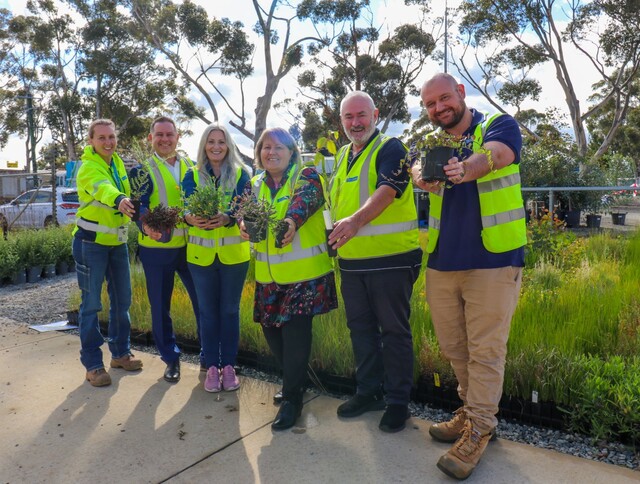The Ethnic Communities Council of New South Wales (ECC NSW) is helping Asian restaurants to save water via funding from the New South Wales Government’s Water Savings Fund, and Wollongong and Hurstville City Councils. The ECC NSW is a non government peak body representing many organisations and people from the multicultural community in New South Wales. The State Government’s Water Savings Fund provided $391,000 to the ECC for this project.
Hurstville Mayor, Councillor Vince Badalati, launched the initiative in Hurstville in September, saying it was an innovative approach to reducing water use.
“Studies show that the most effective way to reduce water usage in Asian restaurants is to replace traditional wok stoves with waterless wok stoves,” he said. “If an Asian restaurant uses more than 10,000 litres of water per day then the utilisation of a waterless wok will provide them with significant cost savings as well as contributing to a large water consumption saving. In these times of water shortages, any move to preserve this precious resource is well worth supporting.”
Members of the Steering Committee of this project have given it great support. “In the Sydney Water supply region, Chinese restaurants account for up to 50 per cent of all Asian restaurants in the metropolitan area,” said Committee Member, Councillor Clifton Wong. “Replacing traditional wok stoves with a waterless wok will achieve an estimated 50 per cent saving in water consumption within these restaurants.”
The project offers a subsidy for the purchase and installation of waterless wok stoves. The maximum subsidy is $4,000 per stove, half of which is to be repaid at the end of the first year.
ECC NSW Spokesperson and Project Coordinator, Helen Scott, said detailed studies conducted by Sydney Water and the National Project Consultants have shown that Asian style restaurants use two to four times more water than other styles of kitchens.
“The average daily water use by a traditional wok stove is 5,500 litres per day,” she said. “Some Chinese restaurants can use as much as 8,000 litres per day. Installing a waterless wok, can potentially save 5,000 litres of water per day per wok stove, a total of 1.8 million litres per year. This can save up to $4,500 per year per wok stove.”
The project has produced a DVD demonstrating that restaurants that have successfully installed the new waterless wok stove have been cooking in the same way as before and enjoying the benefits of less water consumption.
For further information contact Hurstville’s Manager Customer Relations, Paul Spyve, on (02) 9330 6008.








